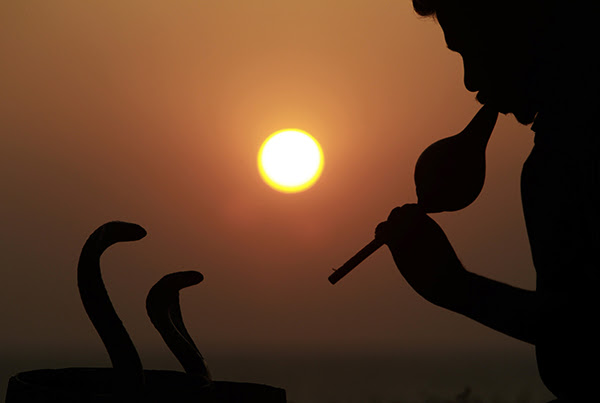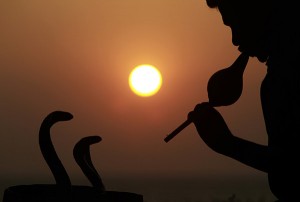Euromoney.com
The sovereign borrower still struggles to convince the experts as the elections draw near.
Morocco’s risk score has been downgraded in Q3 2016 according to the provisional results from Euromoney’s country risk survey, due to be officially released towards the end of next week.
The lower score indicates increased risk perceptions among the experts contributing to the survey, who are asked to put a value on 15 indicators, which are then added to scores for debt, capital access and credit ratings.
Morocco’s score of just below 47 points out of 100 means it has fallen even lower in ECR’s global rankings, to 72nd out of 186 countries, signalling BB+ is the more appropriate credit rating.
That puts Moody’s spot on, but not Fitch and S&P, which still award a stable BBB- investment grade:
photo
Remaining cautious
There’s no doubt Morocco has vast potential. An open attitude to foreign investment has led to the development of niche sectors, and economic growth, while weaker this year partly because of drought affecting agricultural production, is forecast to exceed 4% – in real terms – in 2017.
Yet Morocco has equally failed to live up to expectations since the global financial crisis, and Arab Spring uprisings forced the experts to reconsider the country as an emerging market.
Although it managed to avoid the worst of the turmoil across the region, and there are plenty of investors looking to locate in the country, there is still the perception of a half-hearted attitude towards political and economic reforms, urging caution, not to mention the various obstacles from the royal court and from the public domain.
Morocco’s risk ranking reflects this, having failed to register a trend improvement for the past six years.
The IMF, upon recently signing off on a $3.5 billion liquidity line, acknowledged the progress Morocco has made.
Yet it also mentioned the country’s vulnerability to potential external shocks, including, “a slowdown in the euro area, increased volatility in the financial markets, and regional spillovers – such as heightened geopolitical risks that would lead to reduced tourism and increased oil price volatility – which could reverse some of the recent achievements”.
Moreover, unemployment is still too high, falling in July at the height of the tourism season but sure to rise again to around 9% to 10% by the time the elections are held, burdening the state’s finances and providing a tinderbox for potential social instability.
Tourism
The tourism industry is suffering a little from holidaymaker risk aversion, and is vulnerable to a major terrorist outbreak on home soil. On top of that corruption is still a weak factor.
The economy, meanwhile, has grown by only around 1% this year, and more budget cuts and reforms will be necessary to lighten the debt load.
This is all creating tensions, with protests recently erupting over the pension reform bill, and uncertainty over the outcome of the next elections scheduled for October 7 complicating the outlook for political stability and the direction of policymaking.
As if that were not enough, “the banking sector faces significant economic risks”, says Nassib Ghobril, chief economist at Byblos Bank, reviewing S&P’s recent report on the sector.
“[S&P] expects the non-performing loans ratio to increase to about 8% in the coming quarters due to risks of deterioration in the quality of loans to the steelworks, tourism, commercial real-estate and construction sectors,” he states.
S&P also mentions tight funding conditions, with the capital-access score falling this year in Euromoney’s survey.
Morocco has potential, but its investment-grade rating is still in some doubt.








